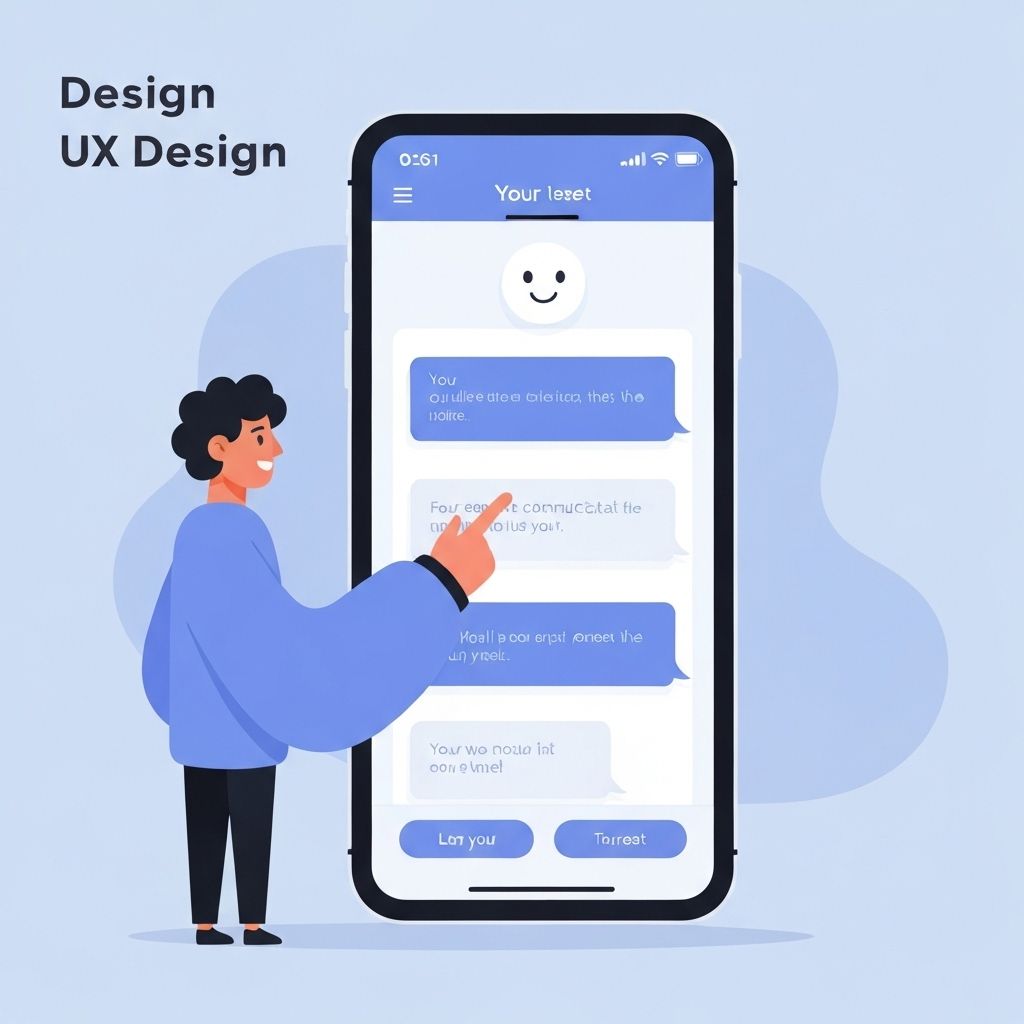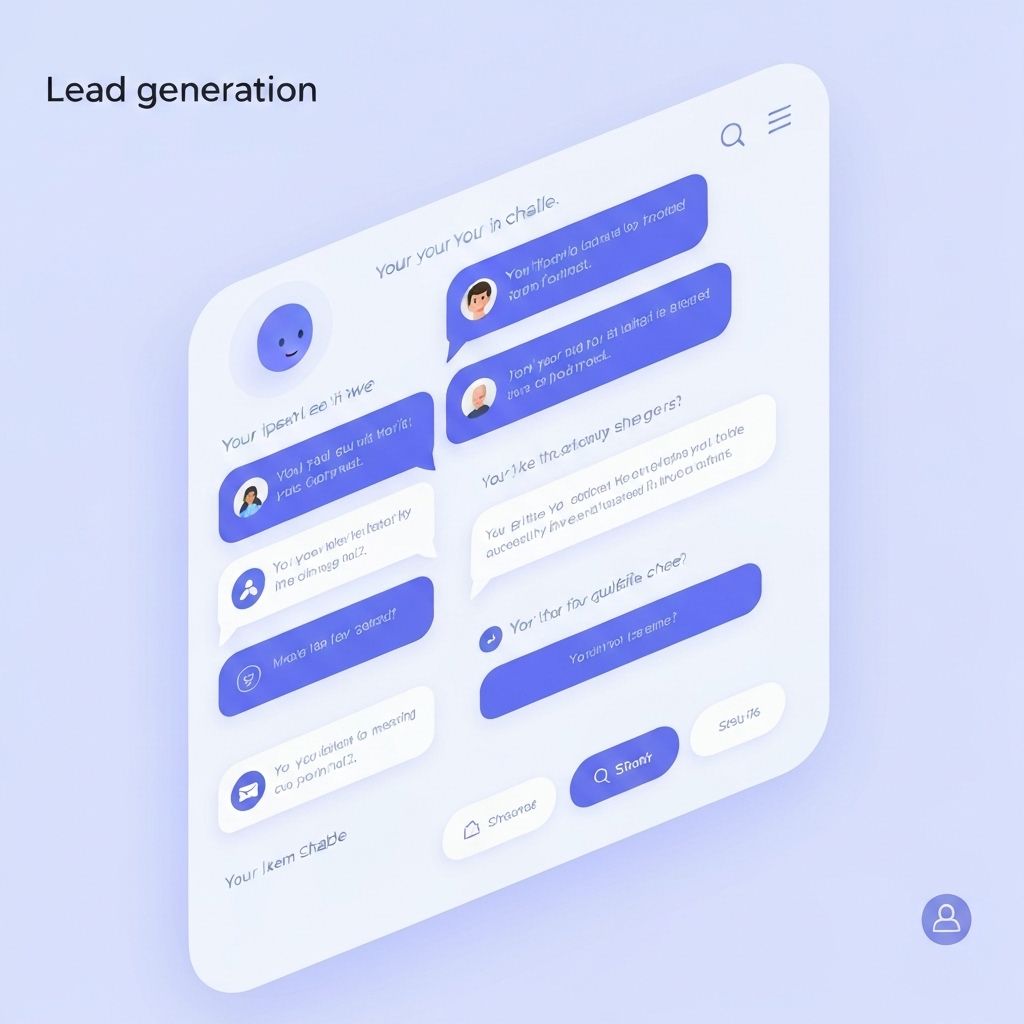Creating a great chatbot experience goes beyond just having intelligent responses. The user experience design is crucial for adoption and satisfaction.
Principle 1: Conversational and Natural
Your chatbot should feel like talking to a helpful person, not a robot. Use natural language, avoid jargon, and maintain a friendly tone throughout conversations.
Principle 2: Clear and Concise
Keep responses short and to the point. Long paragraphs are hard to read on mobile devices. Break information into digestible chunks.
Principle 3: Helpful Suggestions
Provide quick reply buttons and suggestions to guide users. This reduces friction and improves the conversation flow.
Principle 4: Graceful Fallbacks
When the chatbot doesn't understand a query, it should gracefully acknowledge this and offer alternatives or escalate to a human agent.
Principle 5: Consistent Branding
The chatbot should reflect your brand personality and visual identity. Consistency builds trust and recognition.
Principle 6: Mobile-First Design
Most users interact with chatbots on mobile devices. Ensure your chatbot interface is optimized for small screens and touch interactions.
Principle 7: Accessibility
Make sure your chatbot is accessible to users with disabilities. Include proper contrast, readable fonts, and keyboard navigation support.
Testing and Iteration
Continuously test your chatbot with real users and iterate based on feedback. A/B test different conversation flows and messages to find what works best.
Conclusion
Great chatbot UX design is about understanding your users and creating experiences that are helpful, intuitive, and enjoyable. By following these principles, you can create chatbots that users love to interact with.




